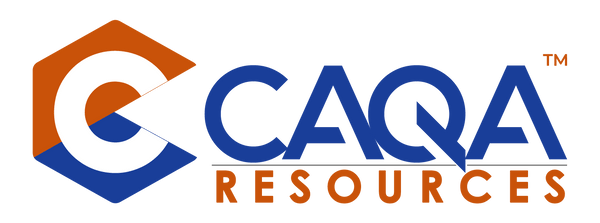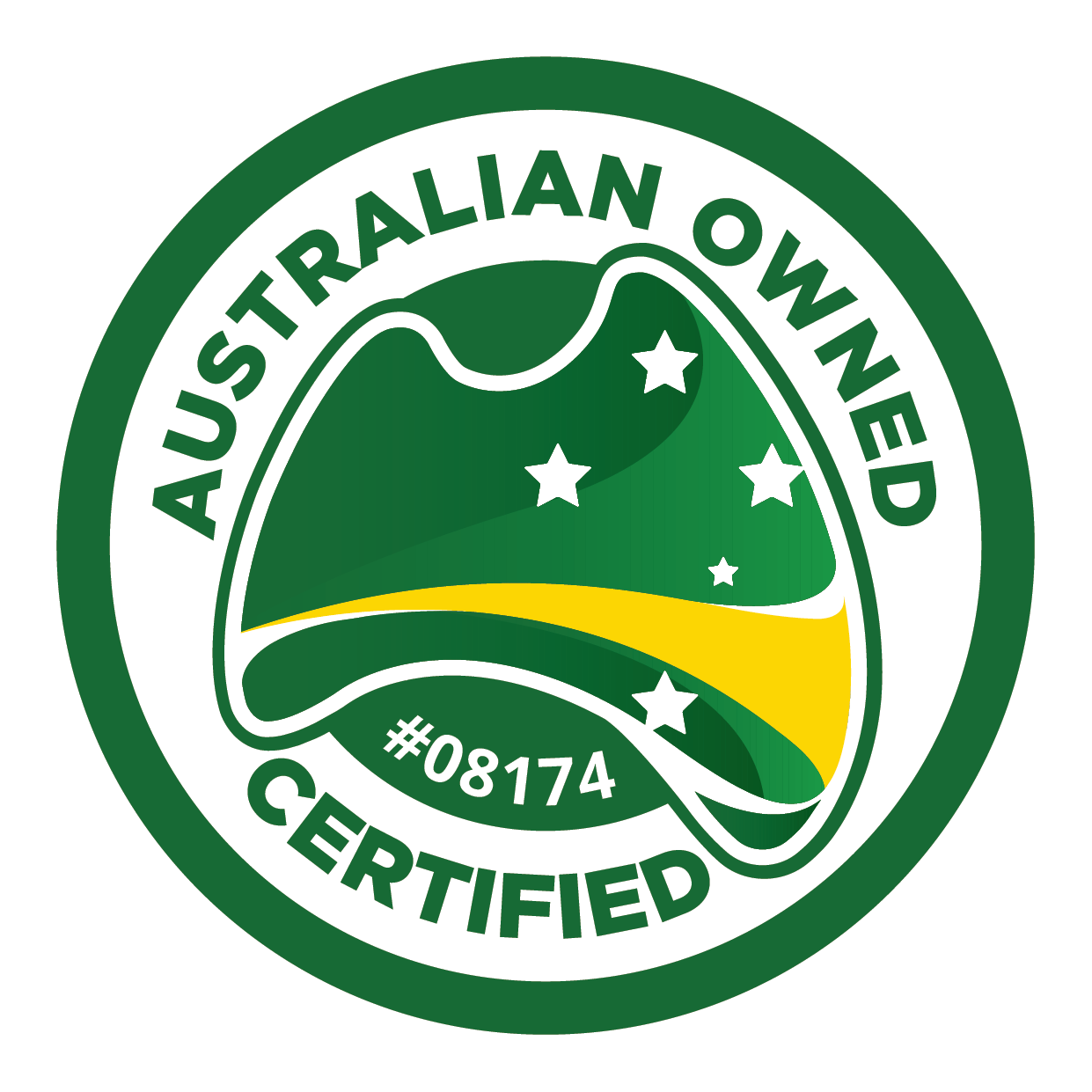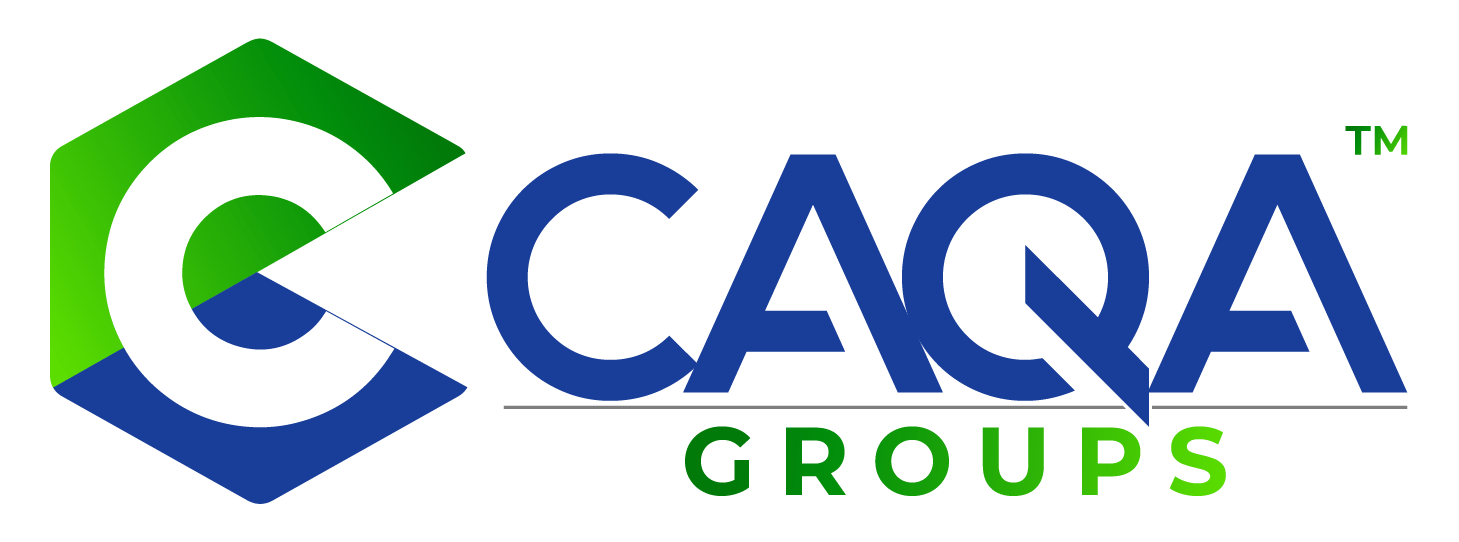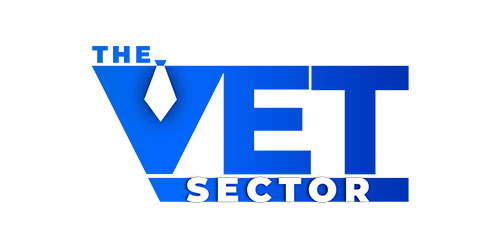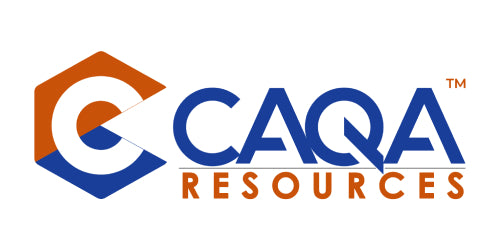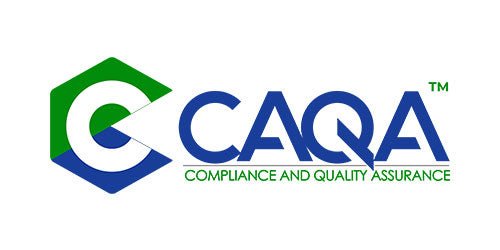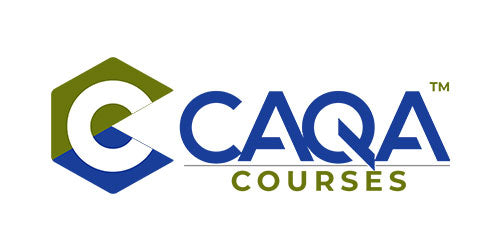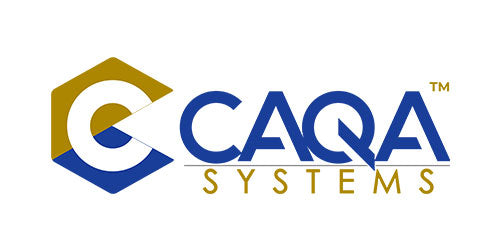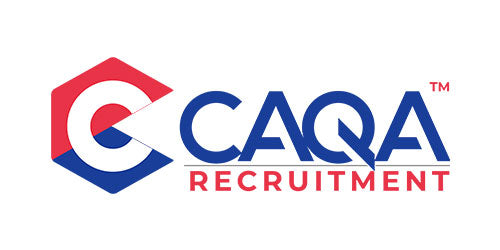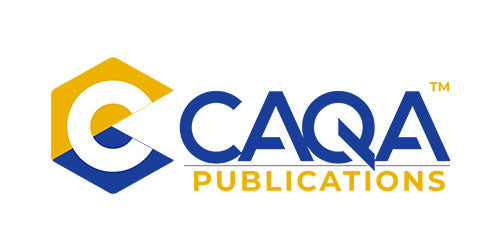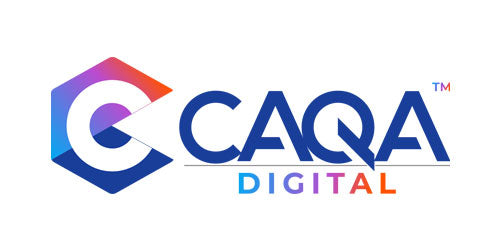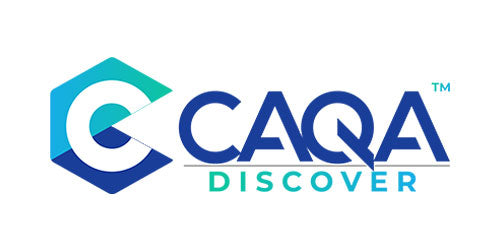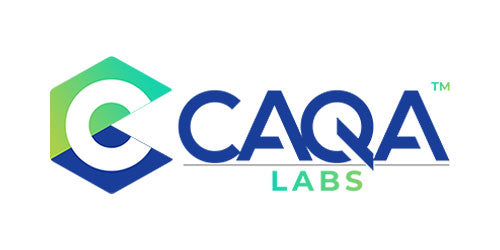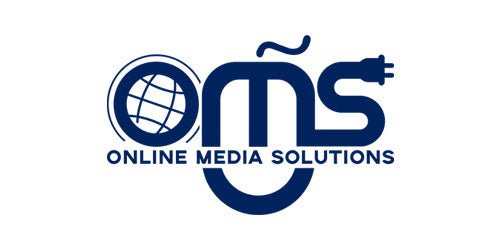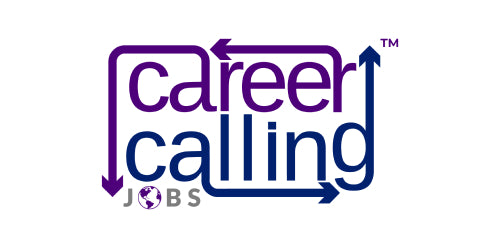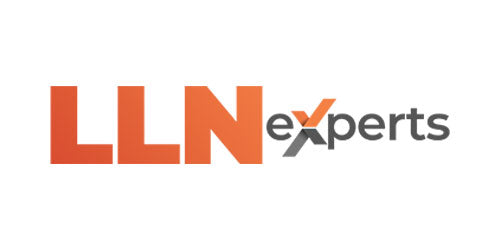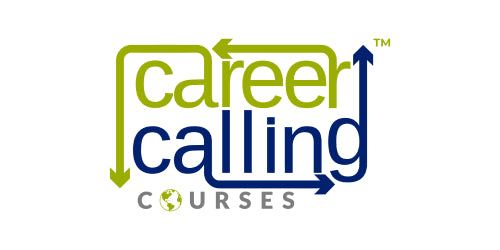In the previous part of this series, we delved into the essential elements that should be included in a comprehensive Training and Assessment Strategy (TAS) template. Now, we will explore the process of completing a TAS template, providing step-by-step guidance and best practices to help Registered Training Organisations (RTOs) create effective and compliant strategies.
Step 1: Gather Relevant Information
Before beginning to fill out the TAS template, it is crucial to gather all relevant information. This includes the qualification or unit details, RTO information, target learner cohort characteristics, industry consultation findings, and any regulatory requirements. Having this information readily available will streamline the process of completing the template and ensure accuracy and consistency.
Step 2: Define the Scope and Purpose
Start by clearly defining the scope and purpose of the TAS. This involves specifying the qualification or unit of competency that the strategy covers and the intended learning outcomes. Clearly articulate the purpose of the TAS, whether it is to guide the delivery of a specific training product, ensure compliance with regulatory standards, or serve as a communication tool for stakeholders.
Step 3: Describe the Target Learner Cohort
In this section, provide a detailed description of the target learner cohort. Include information about their demographics, educational background, prior knowledge and skills, employment status, and any specific learning needs or preferences. Understanding the learner cohort is essential for tailoring the training and assessment strategies to meet their unique requirements and optimise their learning experience.
Step 4: Outline Entry Requirements and Prerequisites
Clearly specify the entry requirements and prerequisites for the training product. These may include minimum age, language proficiency, literacy and numeracy skills, or specific qualifications or experience. Be sure to align these requirements with the training product's demands and industry expectations. Clearly communicating these requirements upfront helps ensure that learners are adequately prepared and positioned for success.
Step 5: Detail Training Delivery Modes and Methods
Describe the training delivery modes and methods that will be employed, such as face-to-face classroom instruction, online learning, workplace-based training, or a blended approach. Provide a rationale for the chosen delivery modes, explaining how they align with the learner cohort's needs, industry requirements, and the nature of the training product. Include details on the duration and scheduling of training sessions and any self-paced or independent learning components.
Step 6: Define Assessment Methods and Tools
In this section, outline the assessment methods and tools that will be used to evaluate learners' competency. Specify the types of assessments, such as written tests, practical demonstrations, projects, portfolios, or observations. Explain how these assessment methods align with the unit of competency requirements and how they will provide valid, reliable, flexible, and fair assessment opportunities. Include information on the timing and frequency of assessments, as well as any specific assessment conditions or requirements.
Step 7: Identify Learning Resources and Infrastructure
Detail the learning resources and infrastructure required to support the effective delivery of the training product. This may include training materials, textbooks, digital resources, equipment, facilities, and any specialised software or technology. Ensure that these resources align with the training package requirements and industry standards. Clearly identifying the necessary resources helps the RTO plan and allocate resources effectively.
Step 8: Specify Trainer and Assessor Requirements
Outline the minimum qualifications, skills, and experience required of trainers and assessors delivering the training product. Ensure that these requirements align with the Standards for Registered Training Organisations (RTOs) 2015. Include information on the trainers' and assessors' vocational competencies, current industry skills, and training and assessment qualifications. This section demonstrates the RTO's commitment to providing high-quality training and assessment by qualified and experienced professionals.
Step 9: Document Industry Engagement and Consultation
This section describes the industry engagement and consultation processes undertaken in developing and reviewing the TAS. Include details of industry advisory committees, partnerships with employers, or feedback from industry representatives. Explain how this engagement has informed the design and content of the training and assessment strategies. Demonstrating meaningful industry engagement helps ensure that the training product remains relevant, up-to-date, and aligned with industry needs and expectations.
Step 10: Outline Support Services and Reasonable Adjustments
Describe the support services available to learners throughout their training journey, such as language, literacy, and numeracy support, disability support, counselling services, or mentoring programs. Explain how learners can access these services and how they will be provided. Additionally, outline the processes for making reasonable adjustments to training and assessment to accommodate learners' individual needs. This section demonstrates the RTO's commitment to providing an inclusive and supportive learning environment.
Step 11: Detail Recognition of Prior Learning (RPL) and Credit Transfer Processes
Explain the RTO's policies and procedures for Recognition of Prior Learning (RPL) and credit transfer. Provide information on how learners can apply for RPL or credit transfer, the evidence requirements, and the assessment processes involved. Include details on how the RTO will ensure the integrity and fairness of the RPL and credit transfer processes. This information is crucial for learners who may have existing skills, knowledge, or qualifications relevant to the training product.
Step 12: Establish Monitoring and Evaluation Mechanisms
Outline the RTO's approach to monitoring and evaluating the effectiveness of the training and assessment strategies. This may include regular reviews, learner and employer feedback mechanisms, quality assurance processes, and continuous improvement initiatives. Specify the frequency and methods of monitoring and evaluation, as well as the roles and responsibilities of individuals involved. By incorporating robust monitoring and evaluation mechanisms, the RTO demonstrates its commitment to delivering high-quality training and assessment that meets the evolving needs of learners and industry.
Step 13: Ensure Version Control and Approval
Finally, include version control information in the TAS template, indicating the document's creation date, revision history, and approval details. Specify the individuals responsible for reviewing and approving the TAS, as well as the frequency of reviews and updates. Ensure that all relevant stakeholders have access to the most current and authorised version of the TAS. This step demonstrates the RTO's governance and quality management processes in developing and maintaining the TAS.
Following these steps and best practices, RTOs can effectively complete a comprehensive Training and Assessment Strategy (TAS) template. The process of completing the template requires careful consideration of various factors, including the target learner cohort, industry requirements, regulatory standards, and the RTO's resources and capabilities.
It is important to remember that the TAS is a living document that should be regularly reviewed and updated to reflect changes in the training package, industry needs, or the RTO's practices. Engaging stakeholders, such as trainers, assessors, industry representatives, and learners, in the development and review of the TAS can provide valuable insights and ensure that the strategies remain relevant and effective.
Moreover, the completed TAS template should be used as a practical tool to guide the delivery of training and assessment. It should be shared with all relevant RTO staff, including trainers and assessors, to ensure consistency and adherence to the outlined strategies. The TAS can also serve as a communication tool to inform learners and other stakeholders about the training product's objectives, structure, and delivery.
In the final part of this series, we will explore the importance of regularly reviewing and managing the Training and Assessment Strategy (TAS) to ensure its ongoing effectiveness and compliance. We will discuss the processes and best practices for monitoring, evaluating, and updating the TAS to support continuous improvement in the RTO's training and assessment practices.


